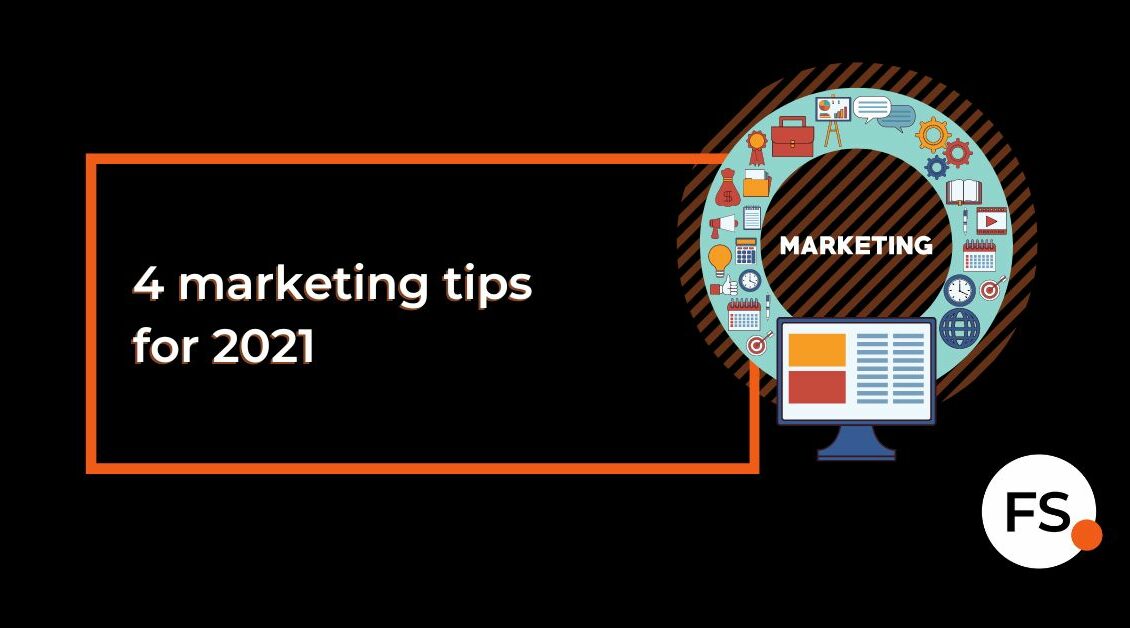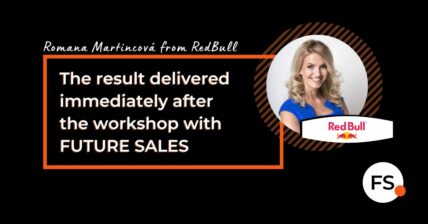
The trends described below can make your life easier in the new year and bring you unexpected successes in marketing.
- The customer is the center of marketing
Your marketing department would certainly say that the customer comes first. But how customer-oriented is your marketing actually?
According to the customers themselves, the vast majority of ads are completely out of line. In surveys, only 3% (!) shoppers say the ads were relevant to them. It seems strange, but there’s something to it. Marketing specialists in client presentations most often talk about product development, advertising campaigns, and sales strategy. Not about what the customer really wants.
We don’t have to go far for inspiration. One of the truly customer-oriented companies is Netflix. It built its entire system on the preferences of every single user. No two Netflix homepages are the same. Each user receives different recommendations based on their history. Everything is strictly data-based, yet it is close and sympathetic to the user.
Use data that you can learn a lot about your customers today to create a living environment for living people. To make relevant ads, you need to know who you’re doing it for. A tool from LinkedIn Website Demographics, for example, will help you with this.
- Real-time marketing doesn’t sell much
In today’s world of social networks, posts, and likes, real-time marketing seems like the best idea. Just one clever, original or funny post on Twitter, and your campaign will become an internet sensation. But when you think about it, real-time marketing is financially very disadvantageous. Why invest hours of marketing department time on something that won’t be up to date in a few hours? Posts on social networks disappear as quickly as they appear. Their duration is absolutely minimal compared to long-term campaigns that run for months and years. For example, we will again borrow the Netflix strategy. In addition to customer-centric marketing, he also relies on all-time marketing. He simply believes what lasts. Although he produces thousands of shows, he does not invest in news and sports content because it is a one-time or short-term affair. Like film studios, Netflix prefers to return to what is old and proven (for example, the Daredevil series based on the hero from Marvel originally introduced in 1964).
As an example of a cool real-time marketing campaign, I will mention the Oreo Biscuit Twitter campaign for the Super Bowl in 2015. Their only tweet is “Power out? No problem. You can still dunk in the dark “(a pun based on the” dipping “strategy of cookies) triggered an avalanche of comments and sharing tweets has become a marketing sensation. But the question is whether this one-time shot in black sold some Oreo biscuits… While the creatives may have won some awards for this campaign, it certainly didn’t increase sales or start a long-term campaign that could be used over and over again.
- The loyalty of your customers is far from enough
Although this may seem quite obvious given previous marketing myths and trends, betting on your existing customers and their loyalty is far from enough for the brand to grow. The widespread myth that it pays to target existing customers financially instead of acquiring new ones is based on a single article, “Loyalty-Based Management” by Frederick Reichheld, 1993.
However, new research clearly shows, and applies to all B2B and B2C industries, that growth is brought about by the acquisition of new customers. In practice, of course, it is much more complicated than in theory. Small businesses face a double challenge because they have few customers and low loyalty (frequency of purchases). To be successful, they must come up with an effective strategy to “steal” customers from larger brands in the market. However, even large companies do not have it easy. Every year, they need a big campaign to maintain or increase their market share. In addition, large brands already have a wide customer base for which loyalty campaigns need to be constantly prepared and maintained.
Good to know:
- Loyalty marketing strategies provide little benefit in key business metrics such as market share, sales volume, profit margin, and net profit.
- Acquisition strategies are much more successful in all these key areas.
- The most profitable strategy, however, is to constantly reach out to all buyers – customers and those who are not yet customers.
- Brand versus lead generation
Lead generation is so current that compared to the 47% share of the cost of brand marketing in 2007, on average it now has 72% of the budget. It can generate fast and effective results. However, over time, its effectiveness decreases.
Brand marketing works very differently. It takes longer for costs to start recovering, but in the long run, the returns are higher. After one year, when the results of lead generation are long gone, brand marketing is still profitable. If the company’s owners and marketers can be patient, it always pays to focus on building a brand over the years.
However, this does not mean that you should completely cough up lead generation and other short-term activities. According to studies, the ideal ratio is 60/40 – 60% branding, 40% direct response (eg lead generation). And it also makes sense to invest in both digital and traditional marketing. It pays to put branding in every campaign, such as an acquisition one. The results can be several times better.







